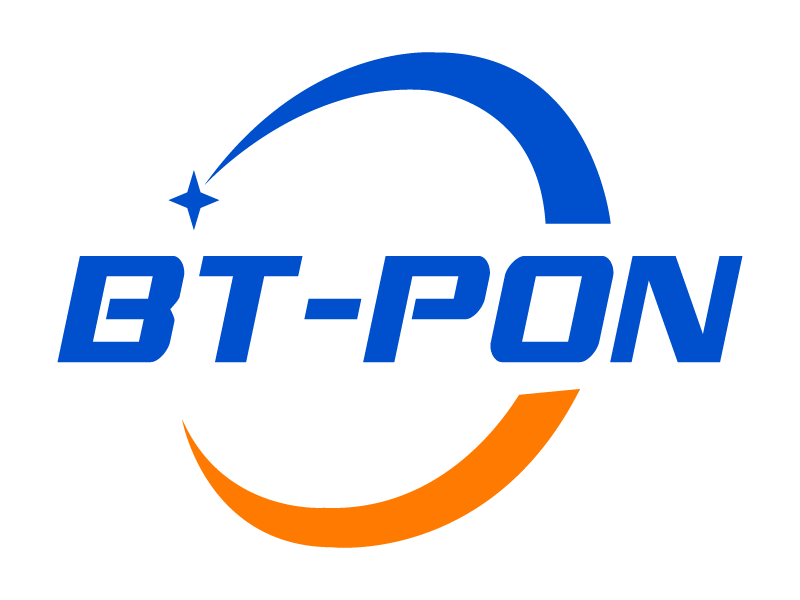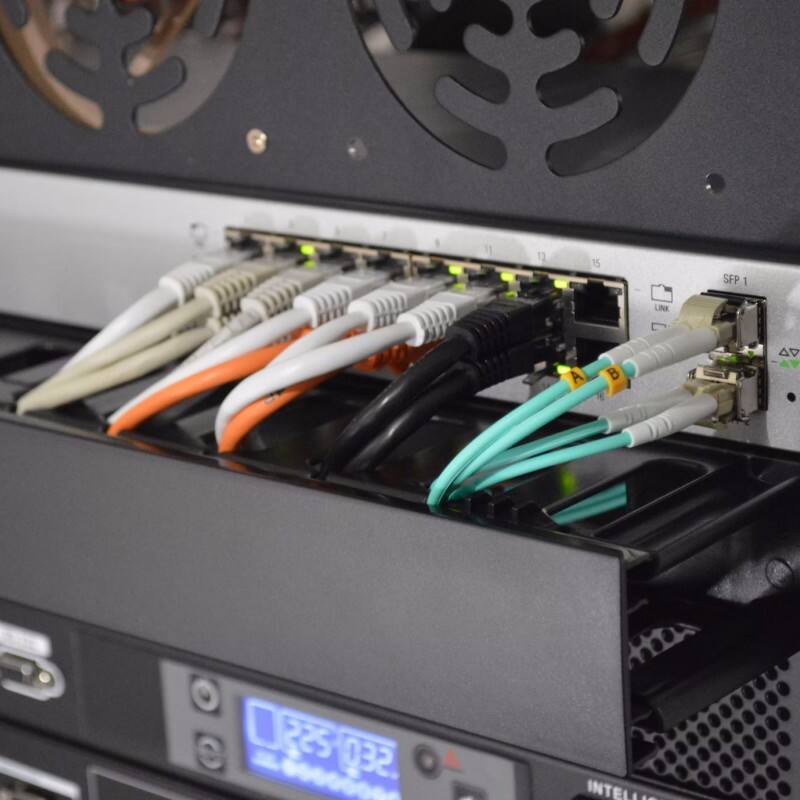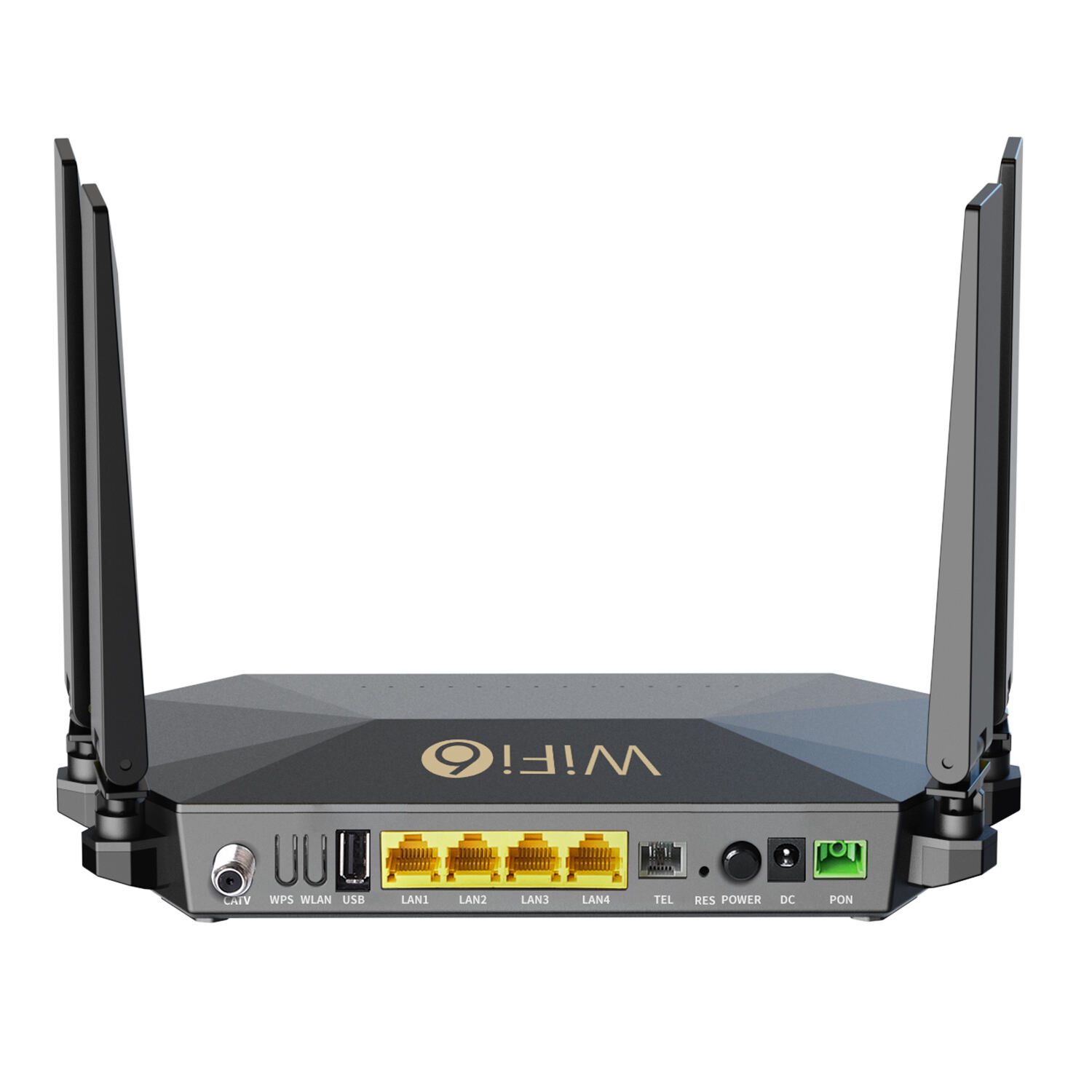What Is The Difference Between OLT Gpon And Epon OLT?
Given the increasing need for high-speed access to the Internet, fiber-to-the-home (FTTH) technology is available. GPON (Gigabit Passive Optical Networking) and EPON (Ethernet Passive Optical Networking) are two of the most frequently used FTTH solutions. Both technologies utilize retired OLT in the central office of the service provider which is used for traditional data transmission using fiber optic cables. For that reason, this article presents a comparative analysis of OLT GPON and EPON OLT.
OLT GPON vs. EPON OLT
OLT is an acronym for Optical Line Terminal, which is a major hardware component of GPON and an EPON system. It acts as an attachment to the provider’s network connecting to the fiber optic cables that run to the customer premises. There are OLTs in both GPON and EPON but some major differences in design and functioning are noted.
First one is related to the protocols used. For example, GPON (Gigabit Passive Optical Networking) which is G.984 in ITU-T standard. The case is however different with EPON (Ethernet Passive Optical Networking) which applies IEEE 802.3ah standard. It therefore renders both systems in GPON and EPON as non-erasable, as they each use separate hardware and software outlay.
The bisectional cut of both system deployments is the allocation of bandwidth. GPON typically has symmetrical bandwidth which means an equal throughput of upload as well as download of up to 2.5 Gbps. On the other hand, EPON does not offer download and upload traffic which is usually made equal but rather offers asymmetrical traffic with slow upload and a relatively fast download. For instance, an EPON system may allocate the downstream traffic 1 Gbps while capping the upstream traffic to a hundred megabits only.
Moreover, GPON and EPON have differences when it comes to encryption and security systems implementation. For data encryption, Gpon incorporates the Advanced Encryption Standard technique which is more secure than the EPON application which uses DES. This makes GPON applications preferable whenever data security features are paramount.
At last, whether it is OLT GPON or EPON OLT also has a great deal to do with the regional standards and availability. GPON technology is more common in some regions because of the power of more security and optimal bandwidth whereas EPON is overly common in low deployment regions because of the adoption of existing ethernet systems as a form of infrastructure.
Conclusion
In summary, we can say that although OLT GPON and EPON OLT are both able to offer broadband services, their protocol, bandwidth distribution, security features, and geography are not the same. It must also be noted that when opting for either of the two technologies, such considerations would depend on the particular requirements of the customer and the existing infrastructure in the area. Although we at BT-PON understand that our customers may have various needs, we also have several OLT GPON and EPON solutions for our customers.
 EN
EN
 AR
AR BG
BG CS
CS DA
DA NL
NL FR
FR DE
DE EL
EL HI
HI IT
IT JA
JA KO
KO NO
NO PL
PL PT
PT RO
RO RU
RU ES
ES SV
SV TL
TL ID
ID SR
SR VI
VI SQ
SQ HU
HU TH
TH TR
TR FA
FA MS
MS HY
HY AZ
AZ KA
KA BN
BN LO
LO LA
LA NE
NE MY
MY KK
KK UZ
UZ



